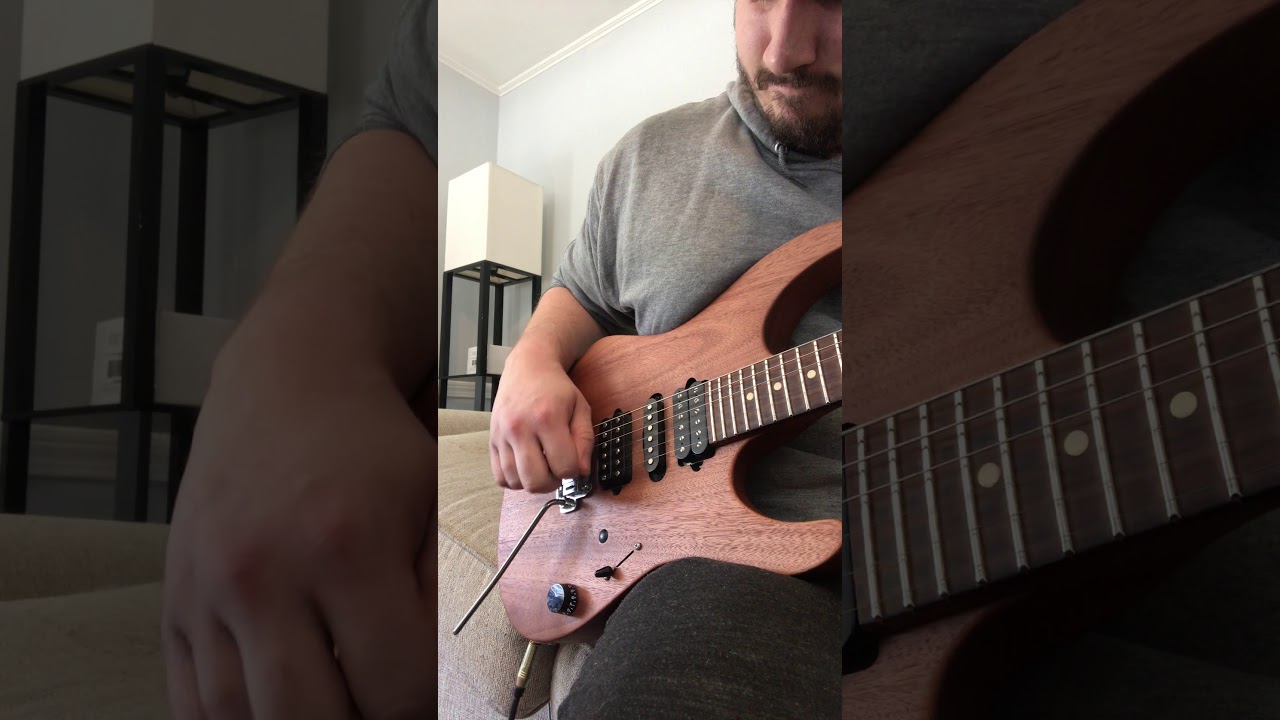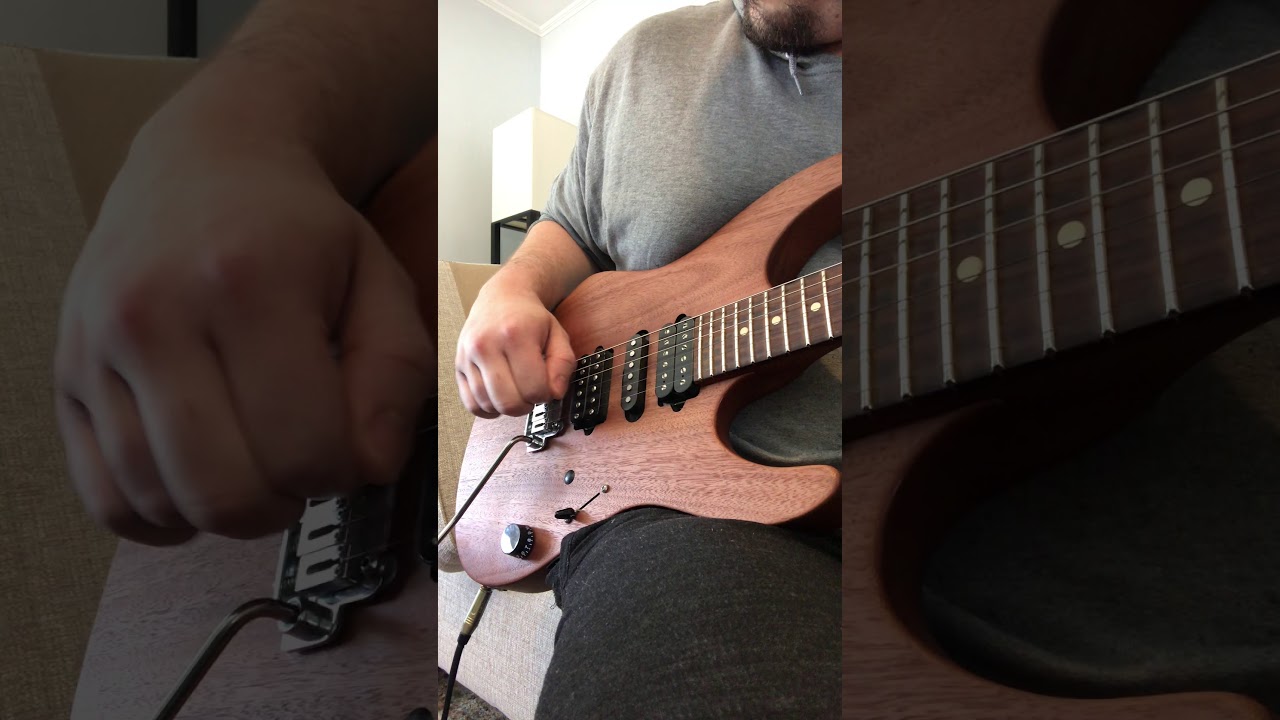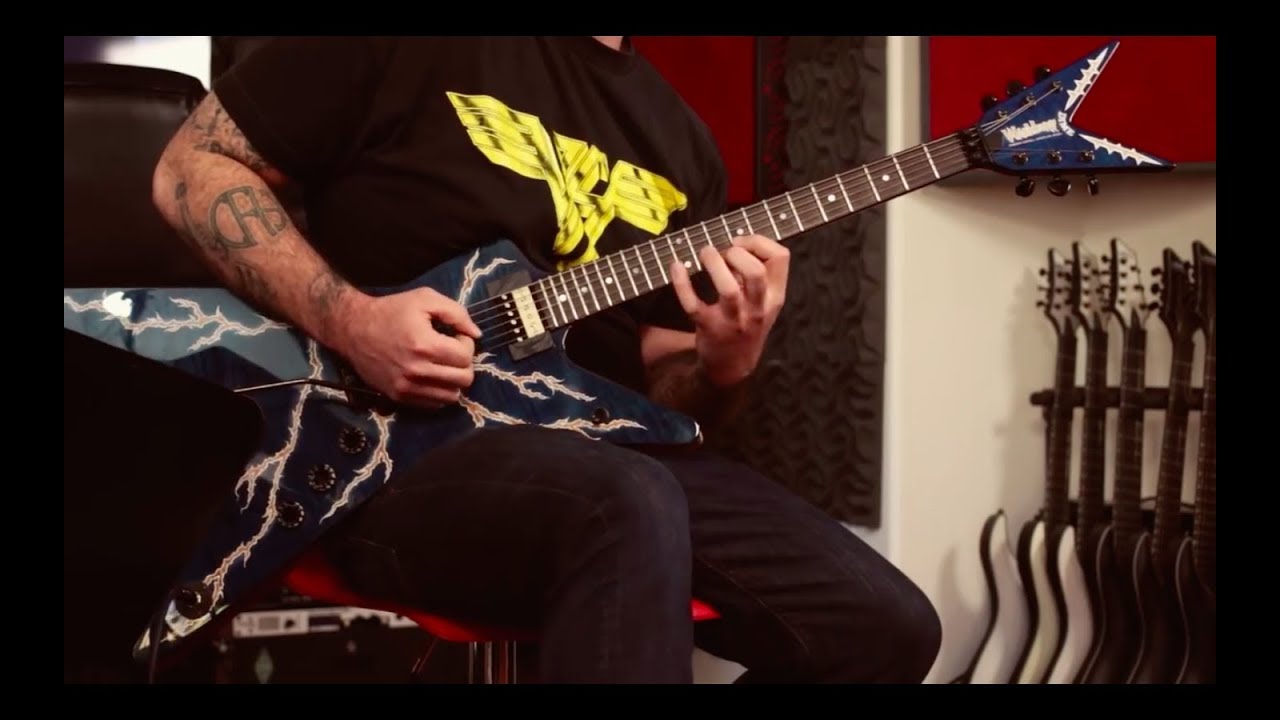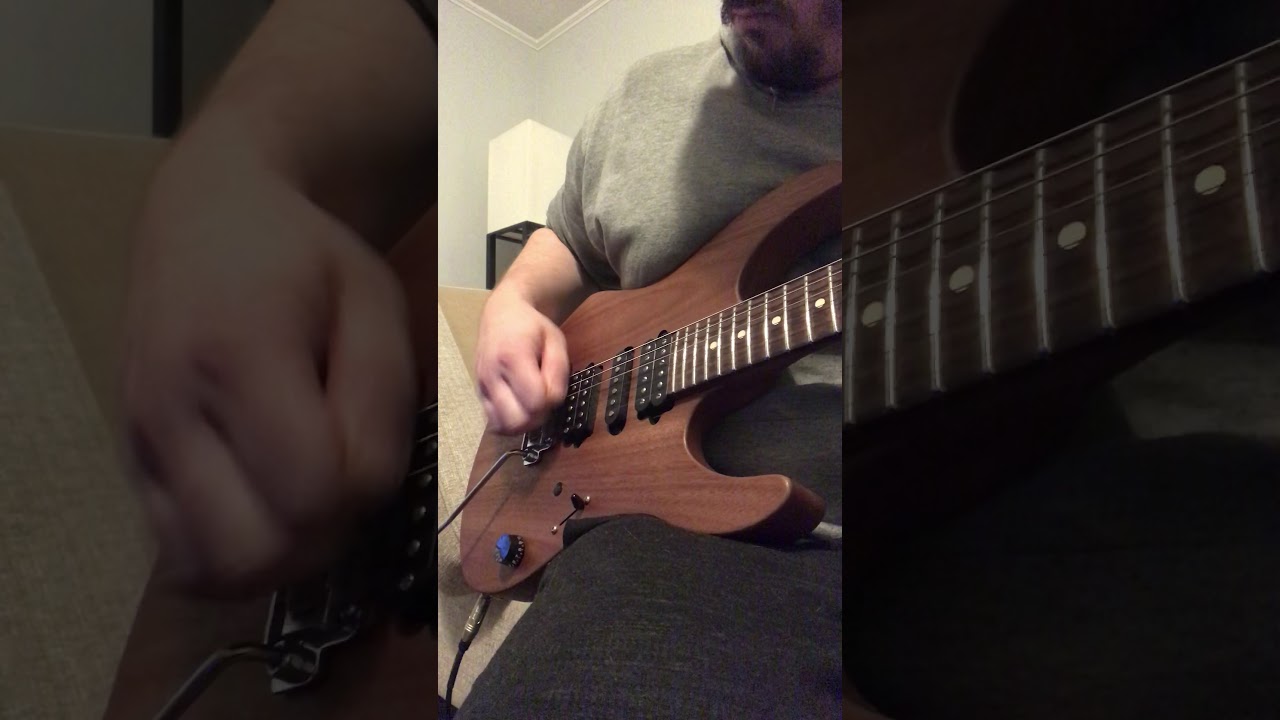This is a mix where the top string is forearm and the lower string is wrist. The top string motion looks a little awkward because you’re turning the arm even farther to make the pickstroke escape. Nobody we have filmed does this, though it’s interesting. If you pursue this, you’re making up your own thing. Don’t let me dissuade you! Come back when it’s perfect and then we’ll interview you.
Just to be clear, we have not filmed someone whose primary motion is pure forearm rotation and can play three note per string scales without swiping. I’m also not aware of any “famous” player that uses only forearm rotation as their main picking motion, with no other motions involved, and can pick every note on any phrase without swiping. I mention this because I’m getting the impression you may not realize that this is something we haven’t seen. I know the motion itself feels comfortable, and it seems like, hey I should be able to use this and pick whatever I want. But surprisingly, this is a thing for which I cannot think of any famous player examples.
Ninety-nine times out of 100, forearm players are upstroke-escape players exclusively. Meaning, they can only play lines where the final note on every string is an upstroke, usually with even numbers of notes per string. So this means no three-note-per-string scales, unless you’re doubling up the notes to six, or involving some kind of mix of motions like what you’re doing in this clip. Nothing wrong with mixing motions. But I’m just explaining that the smooth feeling you’re getting from the joint, is normally associated with even-numbered phrases.
That said, ascending 3nps scales can be done with @qwertygitarr 's motion through swiping. It may even be possible to do it without swiping with the right arm position, because the downstroke string changes would be outside picking and that’s more likely to work. Descending scales where there is inside picking would probably involve some kind of motion blend. @qwertygitarr can offer more insights into this.
If you like forearm, I’d get it going using something resembling @qwertygitarr’s form and sticking with single string lines and even-numbered phrases, just until you can actually replicate the motion on the guitar. Qwerty does not use a highly flexed wrist position like a Gypsy player. His wrist is more straight, so if you want to copy his form, get rid of the flex. Keep trying until you can do the straight version in the air and on at least on a single string where it looks and feels exactly the same.




